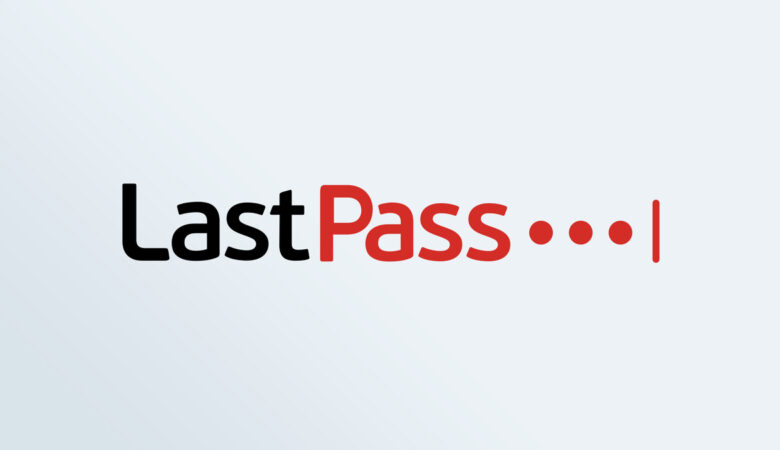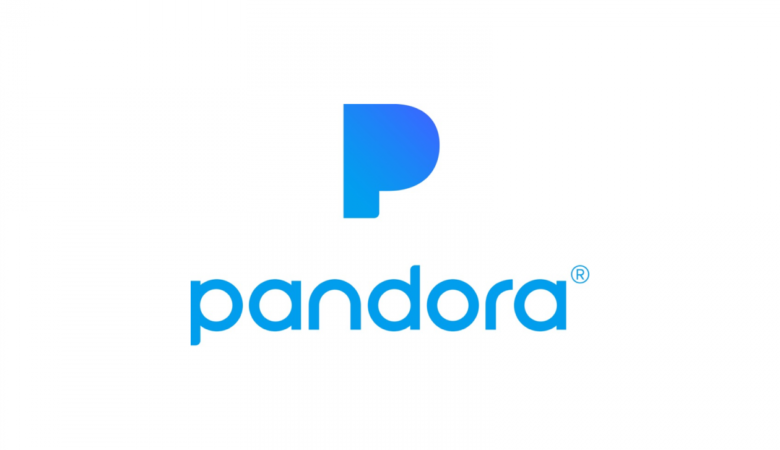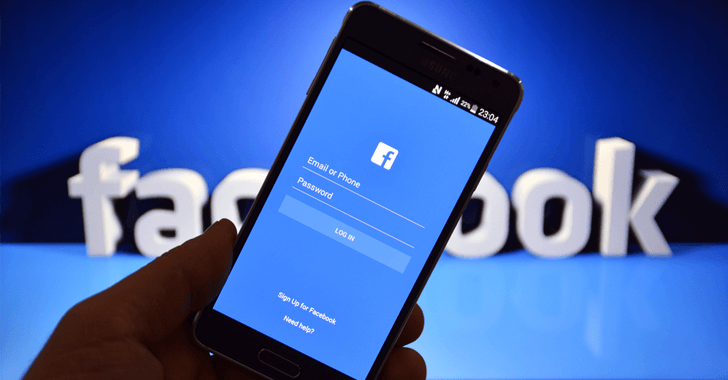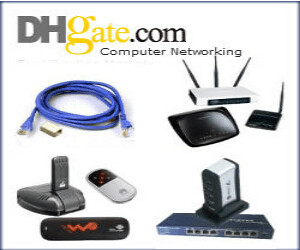What Is Web 3.0 and how will it change the internet? How will it shape eCommerce, journalism, and data? What will peak marketing look like? Will currency change? The very nature of how we live our lives? These questions and more should weigh heavy on the minds of everyone as we enter into a new era of how the public engages with the internet.
For over two decades, we have been living in the Web 2.0 era, an era with more user influence than Web 1.0, the earliest version of the internet, but one that also led to data dominance by tech giants such as Meta and Google. Web 3.0’s primary aim is to put data control in the hands of the user. Using decentralization, trustless and permissionless access, machine learning and AI, and increased accessibility, Web 3.0 will create a user-friendly web experience unlike any before seen. With data storage transitioning from a single location to multiple locations, users will have the ability to control their data as they please.
However, with increased user control comes decreased regulatory capabilities. The question going forward with Web 3.0 is whether the regulatory agencies’ limitations will hinder the accessibility and practicality of Web 3.0. We are only in the beginning stages of Web 3.0, so it is too difficult to grasp the full picture. For now, we must content ourselves with the possibilities of Web 3.0, which we discuss in the following sections.
Changes From Web 1.0 to Web 3.0
Web 1.0
During the internet’s nascent days, there were few content creators. The ecosystem relied on content consumers that comprised a significant portion of all internet pages and most of the content was available in static web pages hosted on either web servers hosted by Internet Service Providers or free web servers. This structure meant web 1.0 was originally formed as a content delivery network.
As users consumed the showcased content, they were charged on a page-viewing basis and online directories pointed customers towards the information they were searching for. During these days, there was little room for applications and email was considered fancy. In the mid-90s, ss online banking and trading became more popularized, this began to change.
Web 2.0
Web 2.0 refers to a paradigm shift on the internet. In the two decades that followed internet 1.0, Web 2,0 made user-generated content possible. Millions of people can upload content as they please, making it accessible for the billions using the internet. This ability has resulted in exponential data growth. Key innovations, such as social network access and powerful web devices, such as iPhones and Androids, have also facilitated growth. In the 2020s, dominating apps such as Facebook, Twitter, Uber, and WhatsApp have expanded online interactivity and utility, spurring the gig economy, and disrupting industries with things such as eCommerce websites, mobile payment services, and streaming services.
Web 3.0
Web 3.0 is the next phase of the internet and it represents another large-scale shift in the way we experience the web. Web 3.0 stands on the foundation of decentralization, openness, and greater utility. Some of these concepts are carrying over from those outlined in the plan for web 1.0. However, the technological capabilities are now in full effect, taking these concepts to unforeseen heights.
The idea behind web 3.0 was to transition to the ‘Semantic Web,’ a space where computers have the ability to process the semantics of language and where machine learning and AI intertwine with humans to make a more immersive web experience.
Defining Features of Web 3.0
Decentralization
As one of the core principles of Web 3.0, decentralization aims to store information in multiple locations at once. In the Web 2.0 model, unique sites store information in a central location, generally on a single server. Because information will be found based on content in Web 3.0, it can be stored in multiple locations. This model distributes the database control from data powerhouses such as Meta and Google to the users generating the data. With Web 3.0, the user has autonomy over their data.
Trustless and Permissionless
Since decentralization makes Web 3.0 an open-source software, it will also be trustless. This means that network participants will be able to interact directly without going through a trusted intermediary. The permissionless aspect of Web 3.0 means that anyone will be able to participate without authorization from a governing body. As a result, Web 3.0 applications will run on blockchains or decentralized peer-to-peer networks. These apps are referred to as dApps.
Artificial Intelligence and Machine Learning
Web 3.0 computers will be able to understand information similar to the way humans process information through technologies based on Semantic Web concepts and natural language processing. Web 3.0 will also use machine learning, a branch of AI that uses data and algorithms to imitate human learning, gradually improving its accuracy. These capabilities enable computers to produce faster, more relevant results in all sensitive areas such as YMYL industries. These capabilities will shift advertising emphases from merely targeted approaches to new materials based on their efficacy, and not just their popularity.
Connectivity and Ubiquity
In the Web 3.0 model, information and content will be connected at nearly all times. With new technology such as Starlink and the Internet of Things, Web 3.0 will connect the whole world.
Drawbacks of Web 3.0
Web 3.0 has the potential to provide greater utility and control to users. It surpasses the advantages of internet 2.0 such as social media, streaming, and online shopping. With Web 3.0’s capabilities, such as AI and machine learning, greatly increasing application performance and design, there’s no question it will advance user capability and experience. With features such as decentralization and permissionless access, it gives users much more control over their personal data. This will help limit the practice of data extraction, which refers to information collected from web users without their consent.
Drawbacks accompany these benefits. Decentralization brings legal and regulatory risks with it. Cybercrime, hate speech, and misinformation are already difficult to police and it will become more so in a decentralized structure due to the lack of central control. The main issue government agencies have with Web 3.0 is that it would make regulation and enforcement a challenge. Countries have website laws in place that would be undermined in Web 3.0 due to its being spread across multiple countries.
Conclusion- What Is 3.0?
Web 3.0 represents the future of the internet. It will shift power from the larger databases to the user and users. It puts the power in the user’s hands and helps them create the user experience of their desire.
The greater user control and decentralization of Web 3.0 drastically affect the ability of institutions to regulate and monitor user behaviour. On the one hand, the user will have more control over their data, which is a positive. On the other hand, Web 3.0 invites unscrupulous activity that regulatory institutions can’t control.
Regardless of the pros and cons of Web 3.0, we can already see the beginning stages and it will only continue to become a more integral part of how we engage with the internet. With blockchain technology and AI slowly interweaving with existing platforms, we are already living in the beginning stages of Web 3.0. It remains to be seen where we go from here.






